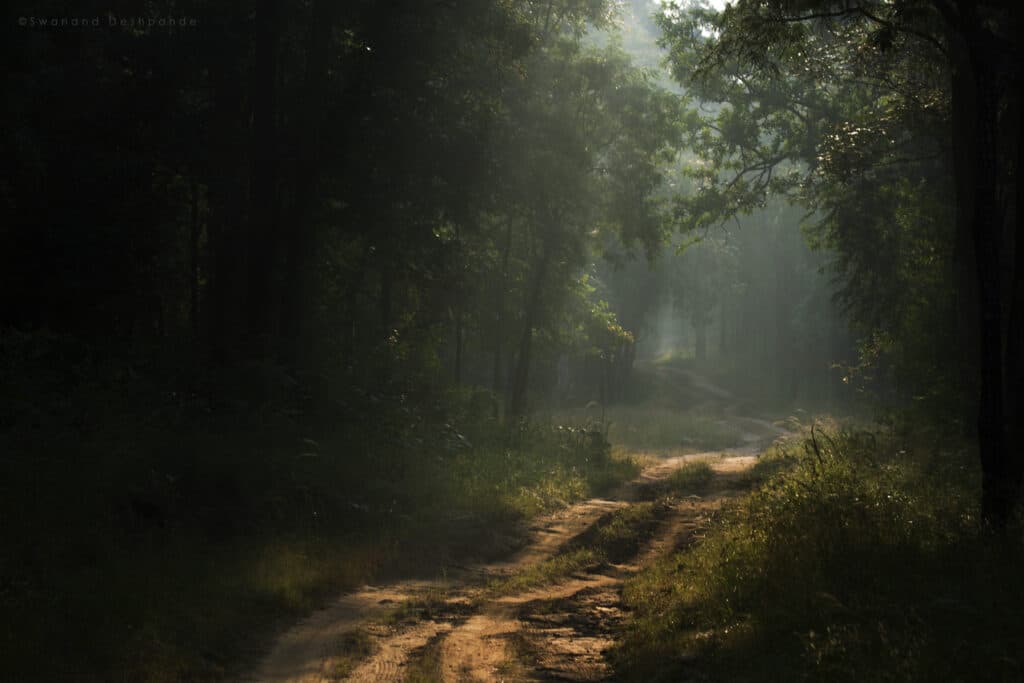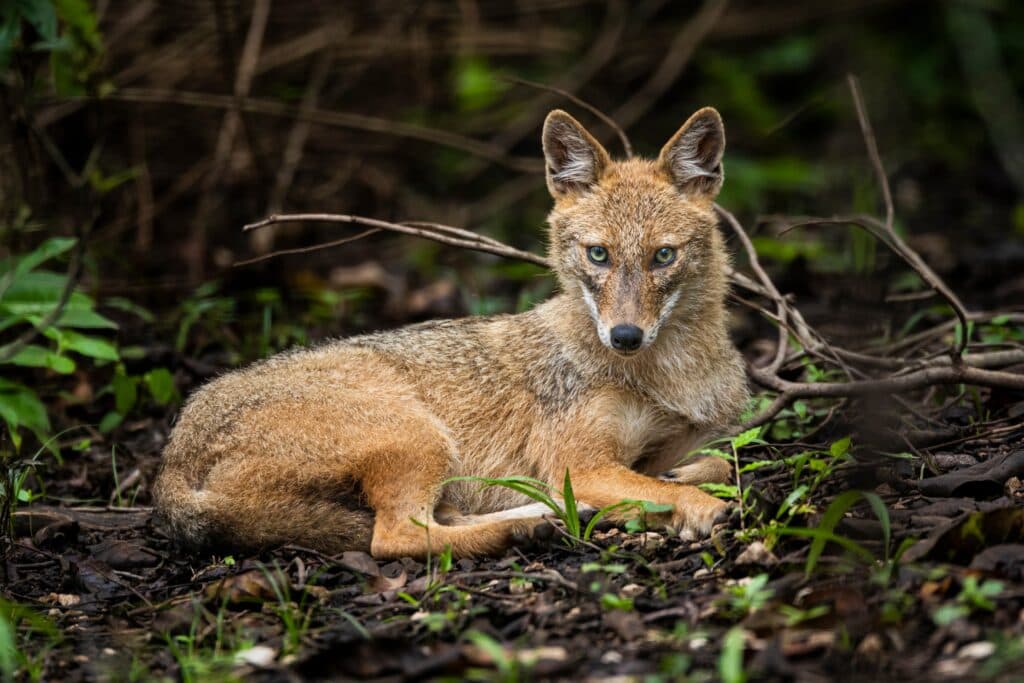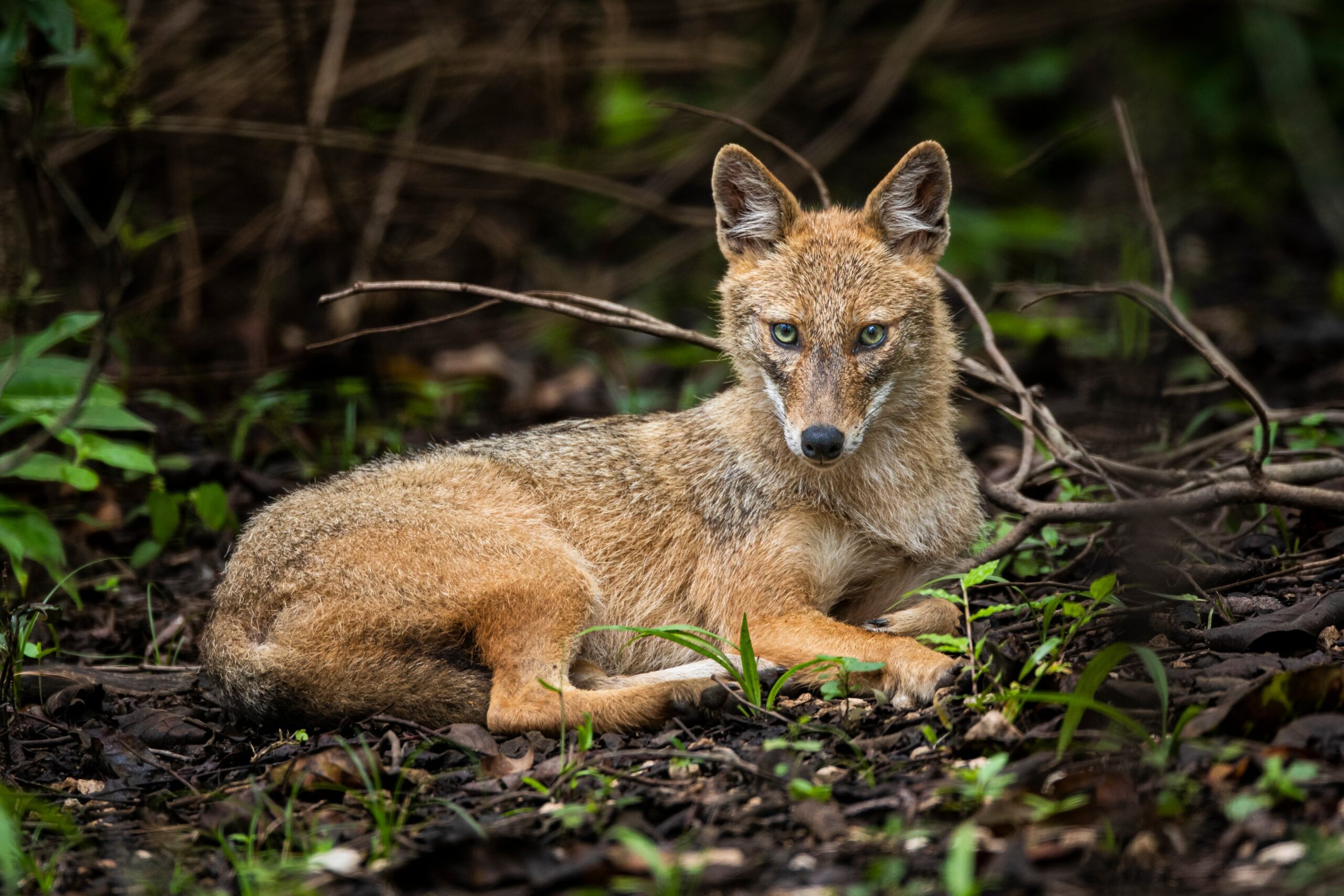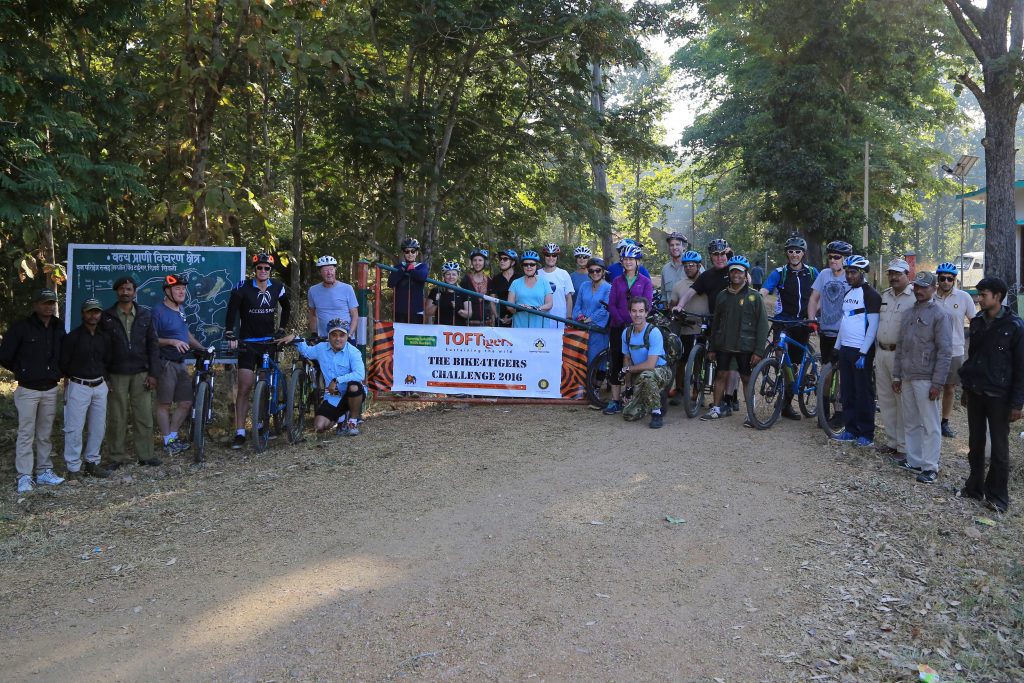As a child, I longed to explore the dense and wild forest of Pench National Park, where Mowgli hopped from one tree to another, with his own pack. I yearned to be in the company of loyal and caring friends like Bagheera and Baloo.
Every evening, as a kid, I would finish my homework early, to avoid missing the adventures of Mowgli on television. For many of us, Mowgli was a bridge that connected us to the wilderness of the jungle. The fantasies of leading a pack of wolves, like Mowgli’s Seonee Pack, would excite the young me.
My memory of The Jungle Book, like many Indian kids, dates back to the ’90s when The Jungle Book was aired on Sahara One Channel and Doordarshan. As I reminisce about the fantasies of wilderness, presented to us by Mowgli, I could barely wait to explore the forest where my childhood’s favorite characters come alive.

The dense deciduous forest of Pench Tiger Reserve reflects the memories of childhood fantasy served by The Jungle Book by Rudyard Kipling. Known to be the inspiration behind Rudyard Kipling’s classic, Pench National Park is one of the most renowned national parks in Central India. As you traverse through the forest enwrapped in towering teak, Mahua, and dense bamboo forests, the settings of The Jungle Book unfold, to make today’s reality meet with the world of yesteryear’s fantasy.
In his classic, the wildlife of Seoni Jungle, present-day Pench, miraculously turned into the characters of his imagination. The numerous streams and rivulets of the forest served as the muse for the setting of The Jungle Book. Kipling never visited the jungle of Seoni, present-day Pench, and Kanha. However, the author was known to be in contact with the British Officers from the region.
Also Read: Best Gates in Pench National Park
Reminisce the memories of Mowgli and Sher Khan
A few hours into the forest, the sprawling jungle of Pench port you to your childhood days when the sound of ‘Jungle Jungle Pata chala’ would excite you, and compel you to sit in front of the television. The story of Mowgli and his adventurous life in the company of wolves once captivated every Indian child. The forests of Pench slowly grow into you, & the setting that once captivated Sir Kipling amazes every wildlife enthusiast.

The imaginary story of the man-cub, Mowgli from the jungle of Seonee has introduced the treasures of wildlife through a book, movie, and television series. Like me, these adaptations of the book have served as a vivid picture of the wildlife in this forest, for many.
While our introduction to wildlife was first brought to us by the classic Jungle Book, the present-day Pench National Park is where the characters from Rudyard Kipling’s book still run free. Rudyard Kipling wrote The Jungle Book in 1894. The principal character, Mowgli is inspired by the wolf cub who was reportedly captured in Seoni in 1831.
Kipling’s character of Mowgli the man-cub is believed to be inspired by Sir William Henry Sleeman’s pamphlet, ‘An Account of Wolves Nurturing Children in Their Dens’. Sir William describes a wolf-boy captured in the Seoni district near the village of Sant Baori in 1831 in the pamphlet.
Sher Khan, the antagonist is inspired by the Royal Bengal Tiger, and Baloo, the bear is a sloth bear still found in abundance in the Pench National Park. With Bagheera as an exception, Pench National Park houses wildlife that found names and characters in Kipling’s book. Black Panther, which we know as a playful Bagheera is not known to be found in the park currently.
Revisit Sher Khan’s territory
Once the territory of Sher Khan, the Waingunga river flows through the Pench and Kanha National Park. The story of man-cub, Mowgli comes alive when you witness the characters inspired by the animals of these forests still inhabiting the Seonee Hills and Waingunaga river.
The Seoni Hills or the Council Rock where decisions regarding the Jungles were made in the book still remains intact within the forest. The ravine of the Wainganga where Shere Khan was killed by the Mancub Mowgli is in proximity to another place Kanhiwara which is also mentioned in the book by Kipling.
The ravine described in the book is known to be mentioned in many of the writeups by British writers, and naturalists including Robert Strendale. The gorge of the Wainganga river is now recognized as the Pench Kanha Corridor as the river meanders through both the parks.
The descendants of Shere Khan or the Royal Bengal Tigers are known to roam in the ravines of Waingunga.
Present Day Pench National Park
When Kipling penned The Jungle Book, the national park did not exist. The forest of the Seonee, as Kipling refers to in the book was what inspired the setting of the story. The Seonee that he frequently refers to included parts of the present-day Pench and Kanha National Park.
It was only in 1975, the part where Mowgli and his Seonee Pack wandered came to be known as Pench National Park. It was enlisted as Tiger Reserve in 1992. Pench spreads over an area of 1200 sq. km. The Tiger Reserve straddles over two states of Madhya Pradesh and Maharashtra.
Pench National park is one of the best place for tiger safari in india.
The national park is currently home to around 50 tigers, sprawling over an undulating landscape, serene waterscapes, and exotic wildlife akin to what Kipling narrates in his book.
The Pench National Park attracts many wildlife enthusiasts every season who come searching for exotic wildlife. Many people enjoy staying in resorts in Pench, which offer a different experience. These resorts provide a beautiful ambiance and enhance visitors’ wildlife encounters.
While many come searching for the big cats, the royal Bengal tigers, the Park houses the animals which inspired the primary characters of The Jungle Book like Baloo, Akela, or the Sher Khan. Pench National Park also boastfully houses wolfs, portrayed as Mowgli’s family in the Jungle Book.
While the sound of The Jungle Book’s title track still excites the 90’s kid in me, I also wish to hear the untold tales of the forest, where each tiny animal has his own unique character to play.
If you are planning to revisit the memory lane at Pench National Park, you can write to [email protected] or visit Pench Tree Lodge, a premier resort in Pench, to let our trip curators create a bespoke experience in the forest, which was once home to Mowgli.
Blog written & edited by Tamanna Tamang


